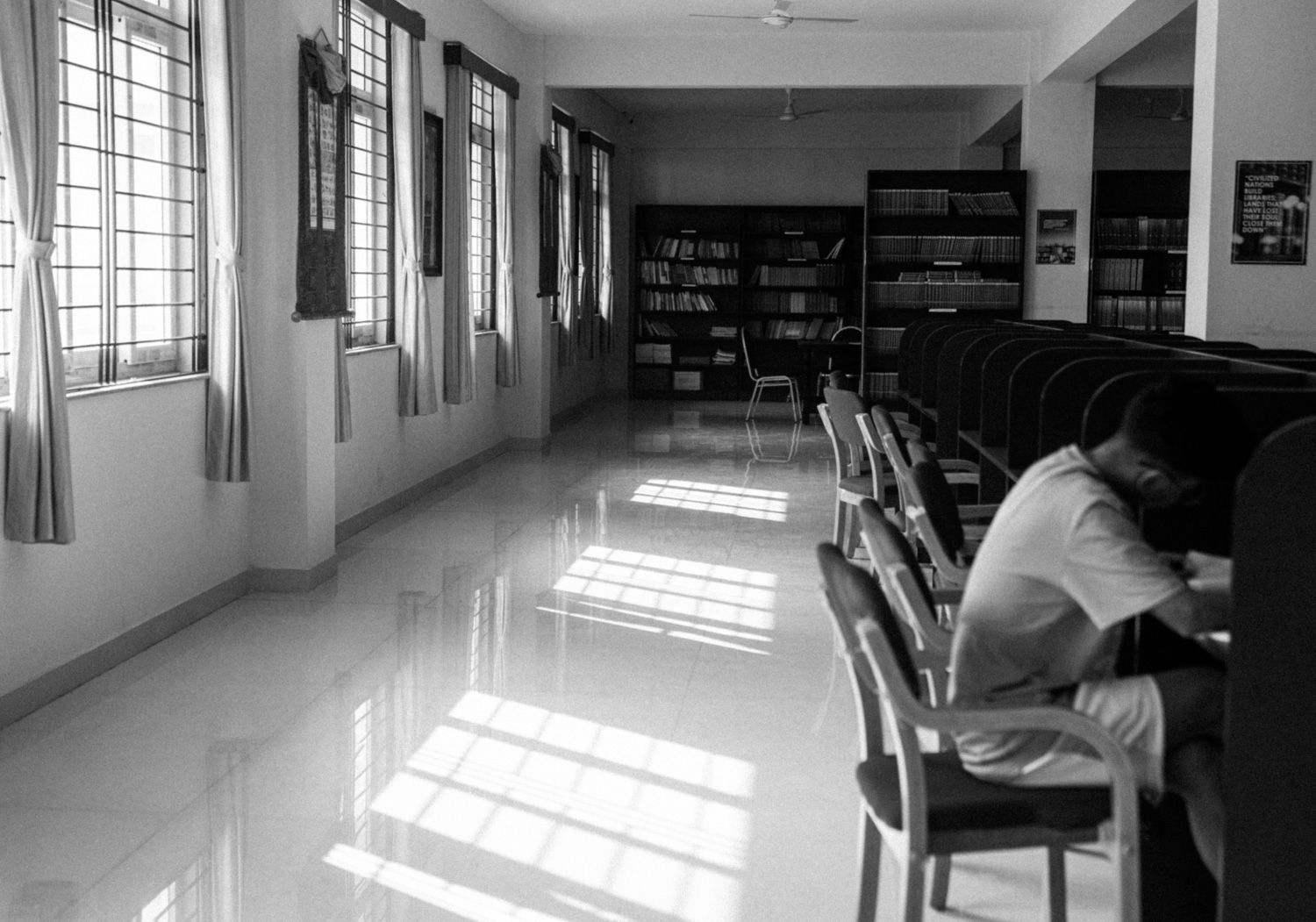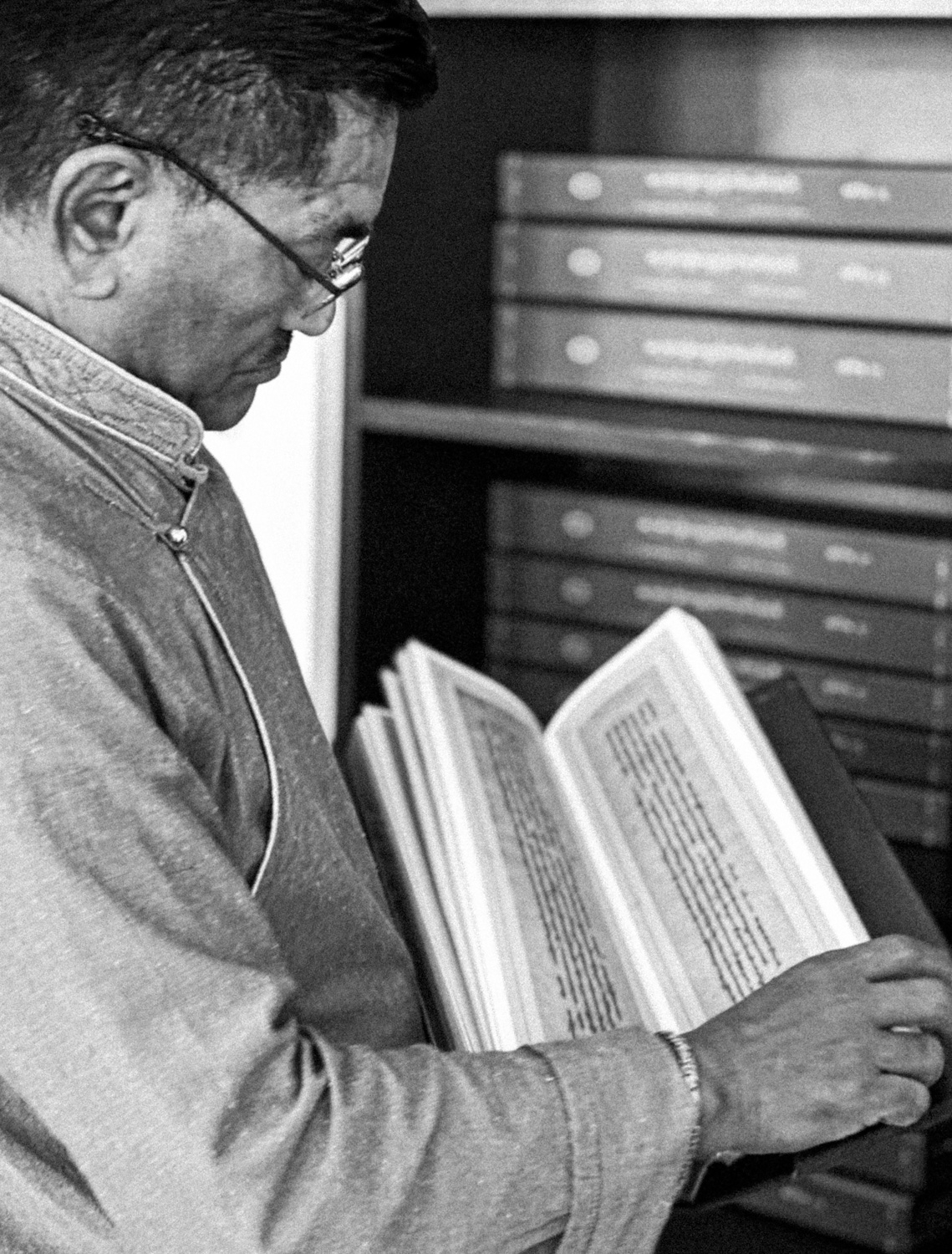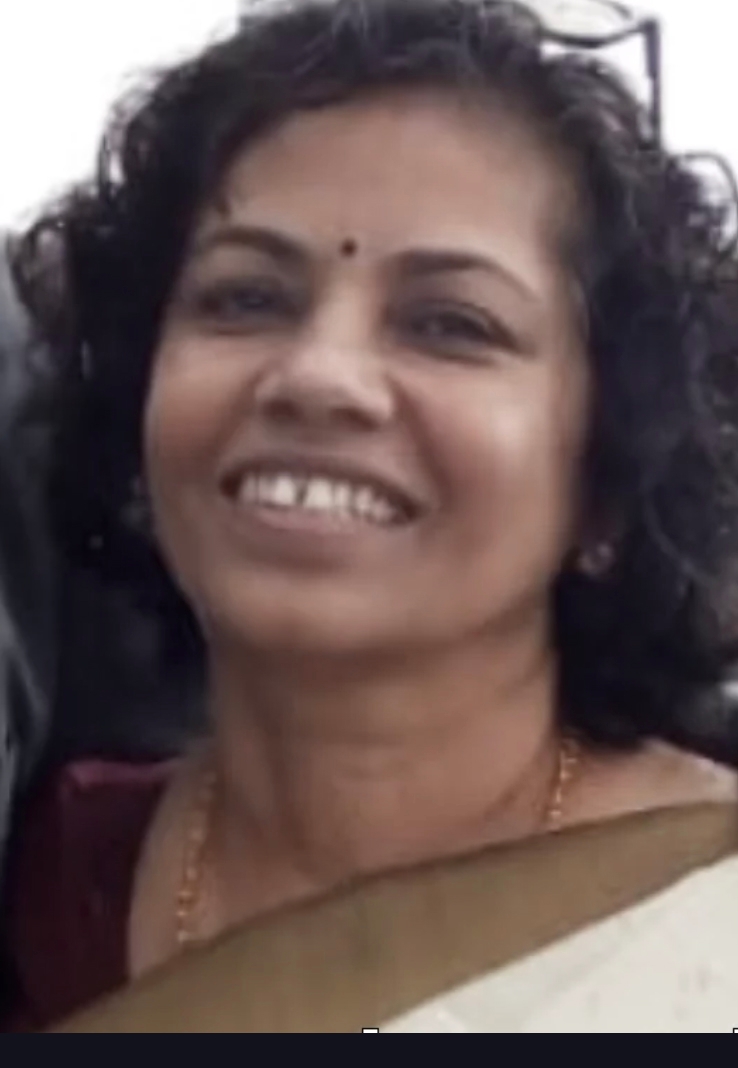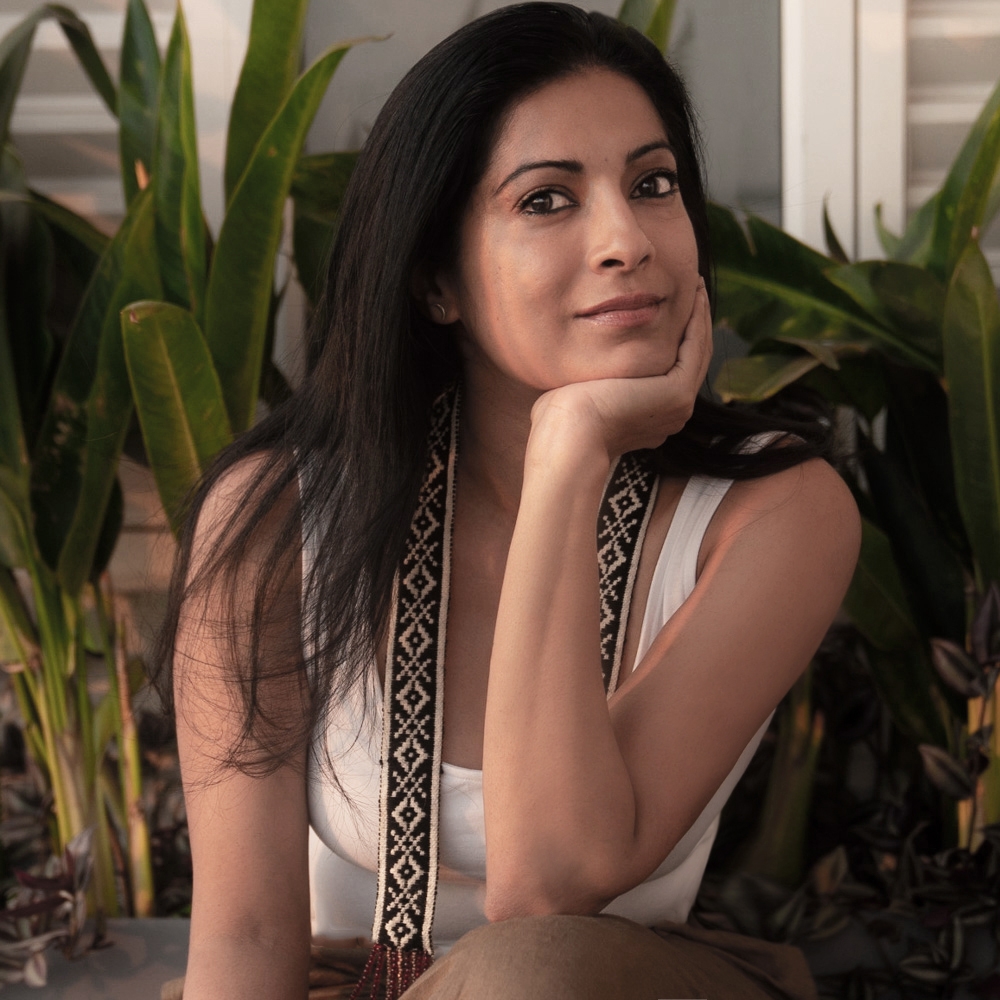The Healing Mountains: In Conversation with Dr Dorjee, The Tibetan Medicine Man
03 July 2024WORDS BYMalati Mukherjee
PHOTOGRAPHY BYRamya Reddy
“People need to climb the mountain not because it is there.
But because the soulful divinity needs to be mated with the Spirit.”
~ Dalai Lama
All of Nature, and mountains in particular, have a profound ability to heal our body and mind and awaken our soul. Mountains create in us a feeling of awe and wonder, a sense of calm and serenity, inspiring us to go beyond our worldly preoccupations. Mountains nurture us, providing healing herbs and nourishing springs. And rivers that flow down to the plains in search of the ocean.All of Nature, and mountains in particular, have a profound ability to heal our body and mind and awaken our soul. Mountains create in us a feeling of awe and wonder, a sense of calm and serenity, inspiring us to go beyond our worldly preoccupations. Mountains nurture us, providing healing herbs and nourishing springs. And rivers that flow down to the plains in search of the ocean.

Many moons ago, when I was first diagnosed with cancer, I’d heard about one Dr Dorjee in Bangalore who had told a cancer patient of his to lay off sugar. The patient managed quite well for a while but finally succumbed to temptation and ate a gulab jamun. At her next visit, Dr Dorjee, after feeling her pulse for a few minutes, said, “So you gave in!”
Nestled inside the Dalai Lama Institute for Higher Education on the Mysore-Bangalore Highway, the medical hospital campus is quiet, the students still on their year-end vacation, with only some lazy dogs snoozing in the sun as I walk in. Dr. Dorjee Rapten serves as the medical college principal and practises in the morning hours. His secretary, a smiling Sonam, asks me to wait, promising that the doctor will arrive in a few minutes.
Sowa-Rigpa is Tibet’s ancient traditional medical system using diverse and complex diagnostic methods. It treats ailments using natural remedies like herbs gathered from the Himalayas as well as through diet and behavioural changes like most holistic therapies.
The pile of printed books in the reception contains testimonials from hundreds of patients around the world, who have been cured by Tibetan medicine. A patient I spoke with got rid of her auto-immune disease in four months, shrugging off many days of steroids for a permanent cure. In this calm, serene space, anything seems possible.



Dr Dorjee doesn’t keep us waiting. Walking in with a brisk energy and an infectious smile, he asks, “Malati?” Ushering us into his consulting room, he shows us the neatly racked files of patients–detailing their visits and treatment. A large number are breast cancer patients.
He tells us about the three categories of cancer patients who visit him. The first comes without any allopathic medication, surgery or interventions. ‘But they are very few, as per the documentation of our latest patient records’, he says. The second category comes to him after surgery but before chemotherapy (chemo), radiation or other invasive therapies. ‘These patients are among our best-case series,” he says. Their natural immunity is not destroyed. The third group comes after surgery, chemo, radiation and hormone therapies. These patients are a challenge because allopathic interventions have compromised their immune systems, and they come with multiple complications and secondaries. But he takes them all on. He showed us the file of a patient who came to him with metastatic cancer after all the allopathic interventions. Now, after 12 years under his treatment, she is absolutely fine and “never sees the face of an allopathic doctor!”
Dr Dorjee takes us on a tour of the college, through the in-patient room with six beds for male and female patients, the library with its neatly bound books printed from ancient palm-leaf calligraphy, and the mesmerising museum with beautiful Thangkas representing every aspect of Tibetan medicine and artefacts showcasing the origins and practice of the science. The connection between all living beings, the planet, and our universe (the macrocosmic and microcosmic world), which lies at the heart of Tibetan medicine, is explored in great depth.
We learn the fascinating context of Tibetan medicine–the belief that our health is influenced not only by what we eat and do, not only by our thoughts and emotions but also by the astrological positions of the stars and planets. So, the decision to conduct even a minor procedure is taken only after consulting the day, the hour, and the moment when the body is best equipped to recover and heal! Here is holistic healing in its truest sense–the universe and the human being are intimately connected, and that connection is carefully considered during the treatment.
After a round of the hospital, we settle down in Dr Dorjee’s cool office, with a cup of refreshing herbal tea.
Born in Tibet, Dr Dorjee was five or six years old when he escaped to India with his family.
Dr Dorjee doesn’t keep us waiting. Walking in with a brisk energy and an infectious smile, he asks, “Malati?” Ushering us into his consulting room, he shows us the neatly racked files of patients–detailing their visits and treatment. A large number are breast cancer patients.
He tells us about the three categories of cancer patients who visit him. The first comes without any allopathic medication, surgery or interventions. ‘But they are very few, as per the documentation of our latest patient records’, he says. The second category comes to him after surgery but before chemotherapy (chemo), radiation or other invasive therapies. ‘These patients are among our best-case series,” he says. Their natural immunity is not destroyed. The third group comes after surgery, chemo, radiation and hormone therapies. These patients are a challenge because allopathic interventions have compromised their immune systems, and they come with multiple complications and secondaries. But he takes them all on. He showed us the file of a patient who came to him with metastatic cancer after all the allopathic interventions. Now, after 12 years under his treatment, she is absolutely fine and “never sees the face of an allopathic doctor!”
Dr Dorjee takes us on a tour of the college, through the in-patient room with six beds for male and female patients, the library with its neatly bound books printed from ancient palm-leaf calligraphy, and the mesmerising museum with beautiful Thangkas representing every aspect of Tibetan medicine and artefacts showcasing the origins and practice of the science. The connection between all living beings, the planet, and our universe (the macrocosmic and microcosmic world), which lies at the heart of Tibetan medicine, is explored in great depth.
We learn the fascinating context of Tibetan medicine–the belief that our health is influenced not only by what we eat and do, not only by our thoughts and emotions but also by the astrological positions of the stars and planets. So, the decision to conduct even a minor procedure is taken only after consulting the day, the hour, and the moment when the body is best equipped to recover and heal! Here is holistic healing in its truest sense–the universe and the human being are intimately connected, and that connection is carefully considered during the treatment.
After a round of the hospital, we settle down in Dr Dorjee’s cool office, with a cup of refreshing herbal tea.
Born in Tibet, Dr Dorjee was five or six years old when he escaped to India with his family.


“My mother told me that the Chinese had already occupied our part of Tibet. I remember passing at night through the dark forest with searchlights and we ended up near Shimla. Beautiful mountains.”
Most Tibetans were put to build the roads of Manali, Rohtang and other such places when they landed in India and needed a job to survive!
We studied under the trees in the roadside school until the first ever Central School for Tibetans was built in Mussoorie. I graduated from Mussoorie with a Bachelor of Science, dreaming of becoming a white-collar, (allopathic) doctor. But fate had other plans. I was told that I’d have to wait three years for the MBBS seat. My parents were not keen to wait that long and my grandmother told me, ‘You come from a lineage of Tibetan doctors. You have to study Tibetan medicine. Your forefathers used to carry a medicine bag and go from door to door, whenever their service was required.’”

Malati Mukherjee: Were there people who inspired you in your childhood to follow this path?
Dr. Dorjee Rapten: Inspiration came in the form of stories. My mother is totally illiterate, but she taught us every Buddhist prayer, many ancient folklore stories, and stories as though she had read them. While we read some story books, she listened and interpreted everything.
There were some anecdotes, too, like the 28th king of Tibet, who was born blind but was given vision through surgery by a Tibetan doctor. So these small anecdotes inspired me and, more than anything else, the persistent push from my grandmother.
MM: The origins of Tibetan medicine itself, how far back did it go, how did it begin?
DR: The origin of Tibetan medicine was the Bon tradition during the time of native civilization. We call it Bonpo. Bonpo is the original faith of the Tibetan people. Buddhism came later, especially after the 7th century. Before Buddhism, there was the Bon medicine and astrological tradition, going back some 8,000 years.
Our classical medical text still refers to many therapies found in the ancient books of Bon tradition—for instance, the treatment against poisons and subjects like toxicology or channel cleansing–that are still well-preserved and used even today. From the 7th century onwards, the official Tibetan language came into existence. The uniform practices of medical traditions, like schooling, seminars, and conferences, all started thereafter.
MM: So these medical books that we see in the library were originally written after the 7th century?
DR: Yes. In the 8th century, the then-king Trisong Duetsen went further and built the famous Samye monastery. He invited scholars from different parts of the world. We have heard that nine extraordinarily gifted scholars came to Tibet for the first international Asian conference on medicines. For months, they worked together to uncover the true essence of health and healing knowledge, all for the benefit of suffering sentient beings. This knowledge was meant to be shared and practised not only by Tibetans, Indians, and Chinese but by everyone who cares about this common concern. Not for the sake of your medical system or mine, not for any business or profit-making, but purely to benefit the suffering sentient beings. His Holiness says that those kinds of conferences worked to bring real results. But nowadays, at international conferences, you only get 20 or 30 minutes. As a result, very few people have the opportunity to meet and discuss, and nothing productive comes out of it.
And from such closely knitted and landmark conferences, the exchanges of scholars grew and healing knowledge flourished in Tibet which led to the composition of one of the foremost classical medical volumes known as “rGyud-bZhi” or popularly known as the Four Great Tantras comprising 156 chapters. Many short and long popular commentaries were made on this classical medical text which forms the backbone of traditional Tibetan medicine and remains the main sourcebook of Tibetan Medicine to date. The book comprises eight major branches of health and healing, which are based on the truthful exposition of long-accumulated wisdom, an all-encompassing and comprehensive description of life and death, health and healing and treatment measures against all the ills.

MM: Doctor, can you tell us a little bit about healing and the mountains? So many ancient healing systems have roots of some sort in the Alps in Europe. So I am just wondering, is there any correlation with some sort of heightened awareness that being in a certain zone higher up precipitates?
DR: I think that is a very difficult question but very profound. Because, like our ancient, original inhabitants of Tibet–the Aborigines–we worship mountains, valleys, forests and rivers. Mountains are revered for their standing tall against all odds. Their close proximity with “Divine forces.” Because of their height, looking up at the mountains brings hope, encouragement, and divine consciousness.
And each mountain has its own kind of significance. Some of them are considered highly sacred, having connections with Divine forces, and are frequented by people conducting poojas and rituals; they always give blessings which are fulfilling, and you find it very calm, very comfortable, and very relaxed. Some are very lively, with lots of flowers and herbs to refresh your senses and for picnic spots, etc. Some of the mountains are considered sensitive, and people avoid going there or climbing. So, each mountain has a different nature. I think that’s based on the direction of the mountain, too.
The direction of the mountain also decides which herbs and plants grow there. Different plants have varying properties. Herbs on the mountain’s east face have heating properties, while those on the north face have cooling properties.
Mountains have various shapes and colours. Some look reddish, some brownish, etc. To the scientific mind, this may be because of the different kinds of minerals and rocks that are inside the soil. But we always try to relate them to the nature of the spirits guiding the mountains. So, sometimes the choice of colour may also be considered important when you go up a mountain.
And some mountains have a lot of wild animals and birds. Healing springs, hot water, natural springs. And they have different healing properties.
MM: Do you collect all your herbs from the Himalayas?
DR: Yes, some of them are from Tibet, but mostly they are from Ladakh. Also, from above Rohtang Pass, you have to climb up the mountain to the sacred lake. You must be very careful when you go up because sometimes there’s a hostile energy, and you can get totally lost. You can go up but cannot come back. It’s possible. It happened to me. If you go up there and shout and create negative energy, the clouds will immediately start changing, the stars will change, and it will become thick with mist. But if there is a peaceful mantra chanting, everything you want to see is shown to you. The sanctity is very important. Life exists everywhere. It’s not only we human beings who are alive. It teaches you to be in dynamic balance with Mother Nature, with the universal consciousness. The universal consciousness and your own microcosmic consciousness should have this dynamic balance.
MM: Doctor, I have heard that the medicines are prepared by people who meditate. Is that true? And are the medicines prepared by your students or by monks?
DR: That was in Tibet, but now it is different. We have evolved. The medicines are prepared by pharmacists. We have a separate section for the Materia Medica, where doctors research medicinal substances—plants, shrubs, trees, and so on. Then we have the pharmaceutical section, where doctors study how to make the medicines. All the medicines are prepared in Dharamsala.
But on some special occasions, like on the 10th or 15th day of the lunar calendar, we perform a sacred pooja by inviting the lamas (Tibetan priests) for the wellbeing of all the sentient beings and to remove the obstacles and negativities that may undermine our healing professions. These sacred rituals also help us build up positive healing in the energetic field. We also perform some sacred rituals known as Duetzi Mendup, where potentiation of the medicine is initiated, and medicines are transfused with spiritual energy to become more potent and nectar-like. At that time, all the teachers, doctors and students, along with the invited spiritual masters, gather at the meditation or prayer hall. This may go for three to five days around the clock.

MM: Are your students expected to meditate, Doctor?
DR: Students, teachers, and staff members must meditate and offer Buddha prayers every morning. Prayers and meditations are part of our healing profession.
MM: Doctor, does the person who is applying also need to have a particular healing mindset?
DR: Of course, we encourage the patient to be positively motivated. Their energies have to be uplifted to obtain a positive healing. Negative minds do not respond well to the healing procedure, either.
MM: And does it work even if the patient doesn’t believe in the medicine?
DR: That’s difficult and may not work. I always want my patients to be open-minded and open to taking our medicines. Because we believe that the mind always follows the body, and the body always follows the mind. When the mind is open, half the job is done.
MM: Is the focus here more on cancer, or is it for everything?
DR: Many of them come for cancer. Let’s say out of 30-40 patients, we have something like ten cancer patients daily. But others we treat everything. Diabetes, arthritis, and everything else.
MM: You showed us the file of a lady who came to you in 2012 with metastatic cancer and who is absolutely fine now. What is the essence of this healing? What factors drive it?
DR: The motivational energies (of both patient and physician) are also important. There are no magic bullets in Tibetan Medicine. Many factors are involved, like understanding the cause and condition and the very nature of the disease, not trying to enforce the powerful medicine or therapies immediately, but ensuring which medicine and therapies work best to build the body’s defence mechanism first. Understanding the nature and trajectory of the disease manifestation and applying the right therapeutic measure to reinforce the inner healing mechanism is much more important than banking on powerful and costly drugs. Encouraging the patient to participate in the healing process is also crucial to get the desired healing energy.
The personality of a patient is very important. Suppose all three of us have breast cancer. They manifest quite differently. Even the same age group manifests quite differently in different people. So, trying to figure out the nature of the disease and the personality of the patient helps to employ the best possible remedies, thereby hitting the right target with the right ammunition. Applying this kind of approach and treatment solution can make you one of the most successful doctors.
We do not believe in strong and powerful medicines or magic bullets like those you see in modern medicines. And, though the disease may be very complex, treatment should be more amenable to the body’s defence mechanism and one that can activate the body’s healing process. Our medicines are very natural, simple, sustainable, and bio-energetically functional, and they find their way to the desired pathways of healing. A simple treatment approach always works against the most complex forms of diseases.
However, the modern way of looking at cancer is quite contrary. Even for some unidentified lump or swelling or some malignant growth in any part of the body organ, they immediately go for surgery, then chemotherapies and a series of other invasive therapies irrespective of whether the patient is sustaining or not, nor able to make sure whether the therapy is actually working or not until finally the patient’s defence mechanism fails down to irreversible condition and becomes a bit too late to recover from it.
I know that chemotherapy can really work and help in some cancer cases, but not in all. One should know the limitations. Your breast cancer can be a triple-negative. Hers can be a triple-positive, and mine can be ER/PR positive or negative. They appear differently because of the difference in their personality and food and lifestyle habits. Hence, we must first try to understand the nature of the disease and its manifestation, measure the degree of its complexities and then choose the proper therapy. Also, we need to allow the patient’s body system to rehabilitate and recuperate in between. It is high time that we need a paradigm shift in people’s mindsets as well.
Cancer is fast becoming an epidemic. Fifty years ago, when lives were much simpler and not as complex and commercialized as now, there was hardly any cancer incidence among the younger generations. Nowadays, we find many such cases in a very pitiable condition. The morality of the people and their lives have changed to a very dangerous situation. So it’s time to look a little more seriously into these living issues rather than focusing on more and more drugs.
MM: Do you advise your patients to meditate, Doctor?
DR: I sometimes plead with folded hands to my patients. Please spend some time for yourself, at least fifteen or twenty minutes in the morning and evenings for simple meditation. Be on your own; immerse yourself in your own mind and body. Relax and reflect where things are going right or wrong, what you have done to suffer such health issues, and what you would do to avoid conflict with others and bring peace within yourself. Don’t try to find the fault in others, but try to find your own errors. All these things can make you a new person. Find some time and space for yourself for some serious introspection. Accepting suffering as a natural phenomenon, you start learning how to change the course and find a solution.
It is like following the Buddha’s fourfold noble teachings: the Truth of Suffering, the Truth of the Cause of Suffering, the Truth of the Way to End Suffering, and the Truth of the End of Suffering.
So, I think these are very important points for not only the patients but also the doctor to consider as part of the principle concept of the health and healing process.



Driving back to my hill-town home, I reflect on what Dr Dorjee and other holistic healers are trying to achieve. In a world poisoned by every type of toxic chemical–in our food, drink, and air we breathe, in the medicines pumped into our bodies which we are too insecure to resist, can this small oasis of natural, traditional and holistic healing hold a space for change?
Driving back to my hill-town home, I reflect on what Dr Dorjee and other holistic healers are trying to achieve. In a world poisoned by every type of toxic chemical–in our food, drink, and air we breathe, in the medicines pumped into our bodies which we are too insecure to resist, can this small oasis of natural, traditional and holistic healing hold a space for change?
We hope it will be possible one day, for the world to move back towards a holistic way of life, acknowledging our connection–with one another and with Nature. Amen to that!
We hope it will be possible one day, for the world to move back towards a holistic way of life, acknowledging our connection–with one another and with Nature. Amen to that!

